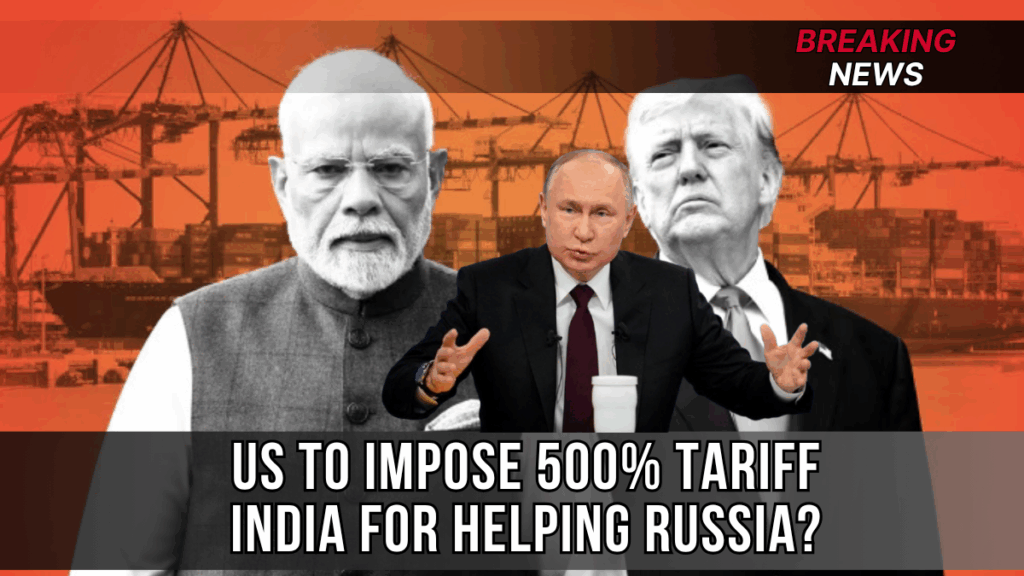In a recent parliamentary exchange, Minister in charge of Energy and of Science and Technology Tan See Leng explained why Singapore cannot confirm the exact maturity of neighboring countries’ nuclear energy plans. While media reports and official statements across Southeast Asia point to rising interest in nuclear power in the 2030s, the available information is uneven, sometimes anecdotal, and often short on technical milestones. Singapore is therefore working closely with the International Atomic Energy Agency to cross check and triangulate details before drawing conclusions that could affect domestic planning.
This article distills the key points raised in Parliament, outlines what is known from public reports about regional timelines, and explains how Singapore is evaluating advanced nuclear options such as small modular reactors and Generation IV designs while keeping safety and regulatory readiness front and center.
What the Minister Said in Parliament

- Singapore cannot verify the current state or maturity of its neighbours’ nuclear projects.
- Many data points come from public statements or media reports and may not reflect firm program milestones.
- The Government is engaging international agencies, including the IAEA, to triangulate information and reduce uncertainty.
- Some regional announcements suggest potential siting discussions hundreds of kilometers away from Singapore, including references to remote areas where small modular reactors could be considered.
- The Government cannot confirm exact timelines in neighbouring states, though various reports mention aspirations to commission nuclear capacity in the 2030s.
The core takeaway is prudence. Singapore will not speculate about another country’s program without verified data, and will instead rely on systematic engagement with recognized international bodies.
Short Summary
Item |
Details |
|---|---|
Core message |
Singapore cannot confirm neighbours’ nuclear plans and is validating information with the IAEA |
Why |
Much of the regional information is either preliminary or not publicly detailed |
Regional signals |
Public reports and comments point to interest in first plants in the 2030s, plus existing research reactors in several countries |
Singapore’s status |
No decision to deploy nuclear power; active feasibility studies on advanced nuclear technologies |
Technologies of interest |
Water cooled small modular reactors and Gen IV concepts |
Lead agencies in SG |
Energy Market Authority for feasibility and planning; National Environment Agency for safety and safeguards |
Official site |
Conventional vs Advanced Nuclear: Why the Distinction Matters
Pritam Singh asked whether regional plans lean toward conventional large reactors or advanced designs. Dr Tan highlighted two broad pathways:
- Conventional large light water reactors
- Mature supply chains and operating history worldwide
- Large unit sizes with significant site and grid requirements
- Advanced nuclear concepts
- Small modular reactors, many of which are water cooled and designed for factory fabrication and staged deployment
- Generation IV systems that may use alternative coolants or fuels and target improved safety characteristics and waste profiles
If neighbours choose advanced pathways, their technology readiness levels could be comparable to where Singapore’s assessments are focusing. That does not mean deployment decisions are imminent; it means the evaluation lens and timelines may be aligned with a 2030s horizon in several countries.
The Regional Picture: Signals for the 2030s
Public reports in recent years have pointed to the following indicative timelines in parts of Southeast Asia:
- Malaysia has discussed adding nuclear power to the future energy mix.
- Indonesia has referenced a first plant target in the 2030s and has considered potential sites including remote locations.
- The Philippines has signalled a target window in the early 2030s while continuing to review the role of nuclear in its energy plan.
- Vietnam has previously explored nuclear options and continues to study future timelines around the 2030 to 2035 period.
These are not confirmations from Singapore. They are examples of public statements that Singapore is actively cross checking with international counterparts.
Research Reactors in Southeast Asia: What Exists Today
Several countries in the region already operate research reactors for training, isotope production, and materials testing. Examples include:
- Malaysia’s Triga Puspati Reactor in Selangor
- Indonesia’s facilities at Serpong, Bandung, and Yogyakarta
- Vietnam’s Da Lat reactor, with additional research activity under development
- The Philippines and others have a history of research and feasibility work
These are not power reactors and do not generate electricity for the grid. They do, however, demonstrate technical capacity, operator training pathways, and regulatory experience that can inform future decisions.
Singapore’s Position: Evaluate First, Decide Later
Singapore has not decided to deploy nuclear energy. The Government’s current approach includes:
- Technical feasibility studies led by the Energy Market Authority on advanced technologies such as water cooled SMRs and selected Gen IV concepts.
- Safety, environmental protection, radiological safeguards, and emergency planning scope led by the National Environment Agency working with relevant agencies.
- An external study awarded to an experienced engineering consultancy to assess technology options, siting constraints, supply chain needs, and lifecycle considerations.
- Continuous monitoring of regional developments and international standards, including IAEA guidance on infrastructure readiness, licensing, and operator capability.
This framework mirrors Singapore’s broader energy strategy: diversify sources, strengthen system resilience, and assess low carbon options without compromising safety.
Why Triangulation with the IAEA Matters
Triangulation means Singapore compares public claims against multiple independent reference points:
- IAEA documentation and peer review frameworks that define milestones for embarking countries
- Vendor neutral assessments of technology readiness, safety cases, and licensing pathways
- Lessons from global deployments of advanced reactors and from countries that decided for or against nuclear after detailed studies
This reduces the risk of planning around aspirational timelines that may change, and provides a transparent basis for advising Parliament and the public.
What This Means for Singapore’s 2030s Energy Mix
- No commitment to build: Singapore is assessing, not announcing deployment.
- Technology scope: SMRs and Gen IV systems are being studied for suitability to local constraints such as land, cooling, and grid size.
- Safety first: Any future consideration will hinge on safety case quality, regulatory readiness, emergency preparedness, waste management, and long term stewardship.
- Regional awareness: Verified information from neighbours will inform risk assessments, transboundary considerations, and emergency cooperation planning.
How Stakeholders Can Stay Informed
- Track Energy Market Authority advisories and study milestones.
- Refer to National Environment Agency communications on safety and safeguards.
- Follow IAEA guidance documents and public briefings on newcomer countries and advanced reactor evaluations.
- Watch for future parliamentary updates that summarize verified regional progress.
Official Link
Energy Market Authority: https://www.ema.gov.sg
Frequently Asked Questions
1. Has Singapore decided to build a nuclear power plant
No. Singapore has not made any deployment decision. The Government is studying feasibility, safety, and regulatory frameworks for advanced technologies before considering next steps.
2. Why can’t Singapore confirm its neighbours’ nuclear timelines
Much of the information is preliminary or not publicly detailed. Singapore is validating claims with international agencies such as the IAEA to avoid speculation and to base assessments on verifiable milestones.
3. What advanced nuclear options is Singapore studying
Water cooled small modular reactors and selected Generation IV concepts that promise enhanced safety features, modular construction, and better fit for smaller grids are being examined in current studies.
4. Are regional research reactors the same as power plants
No. Research reactors support training, isotope production, and R and D. They do not feed electricity into the national grid. Their presence does, however, indicate technical capacity and regulatory experience in those countries.
5. What would need to be in place before any nuclear deployment in Singapore
A robust safety case, an independent and competent regulator, clear emergency planning and public communication protocols, proven waste management pathways, supply chain readiness, and workforce training. Only after these foundations are met would deployment be considered.
Conclusion
Singapore’s message is measured and clear. Regional interest in nuclear power is growing, but much of the detail is still evolving. Rather than treating early signals as firm commitments, Singapore is triangulating information with the IAEA and focusing on rigorous feasibility work at home. By studying advanced technologies and strengthening governance and safety readiness, the country preserves optionality for the 2030s while maintaining its core principle of safety first.
For More Information Click HERE










